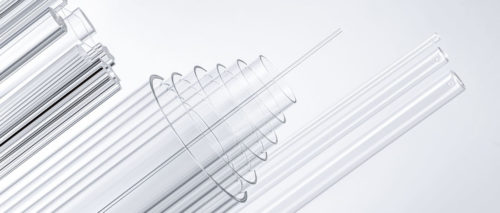Borosilicate glass was first developed by German glassmaker Otto Schott in the late 19th century and sold under the brand name “Duran” in 1893. After Corning Glass Works introduced Pyrex in 1915, the name became a synonym for borosilicate glass in the English-speaking world. The European manufacturer of Pyrex, Arc International, uses borosilicate glass in its Pyrex glass kitchen products.
Borosilicate glass is widely used for laboratory glassware, either mass produced or as custom made.

